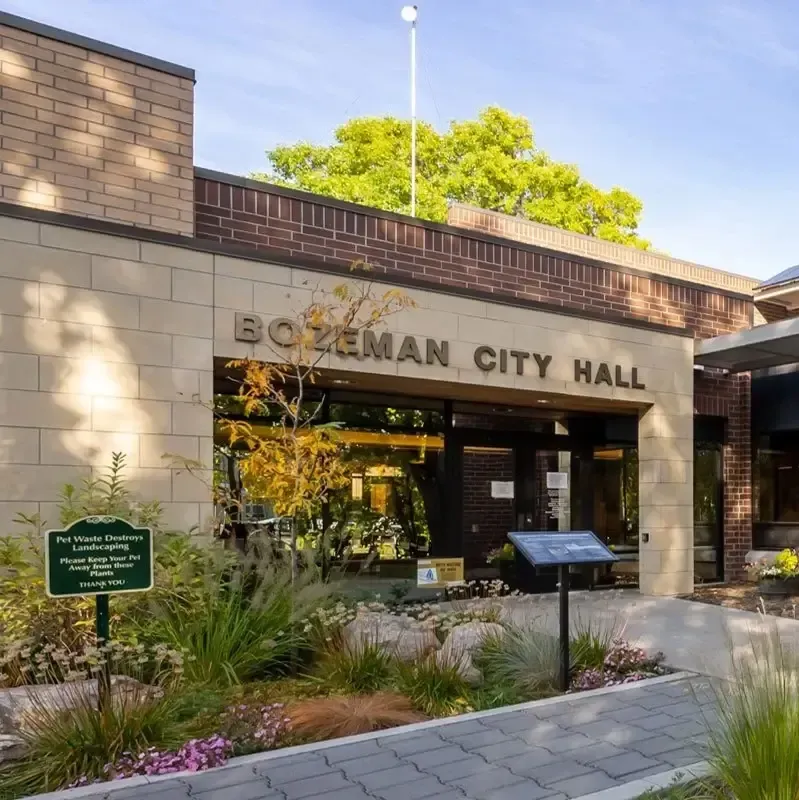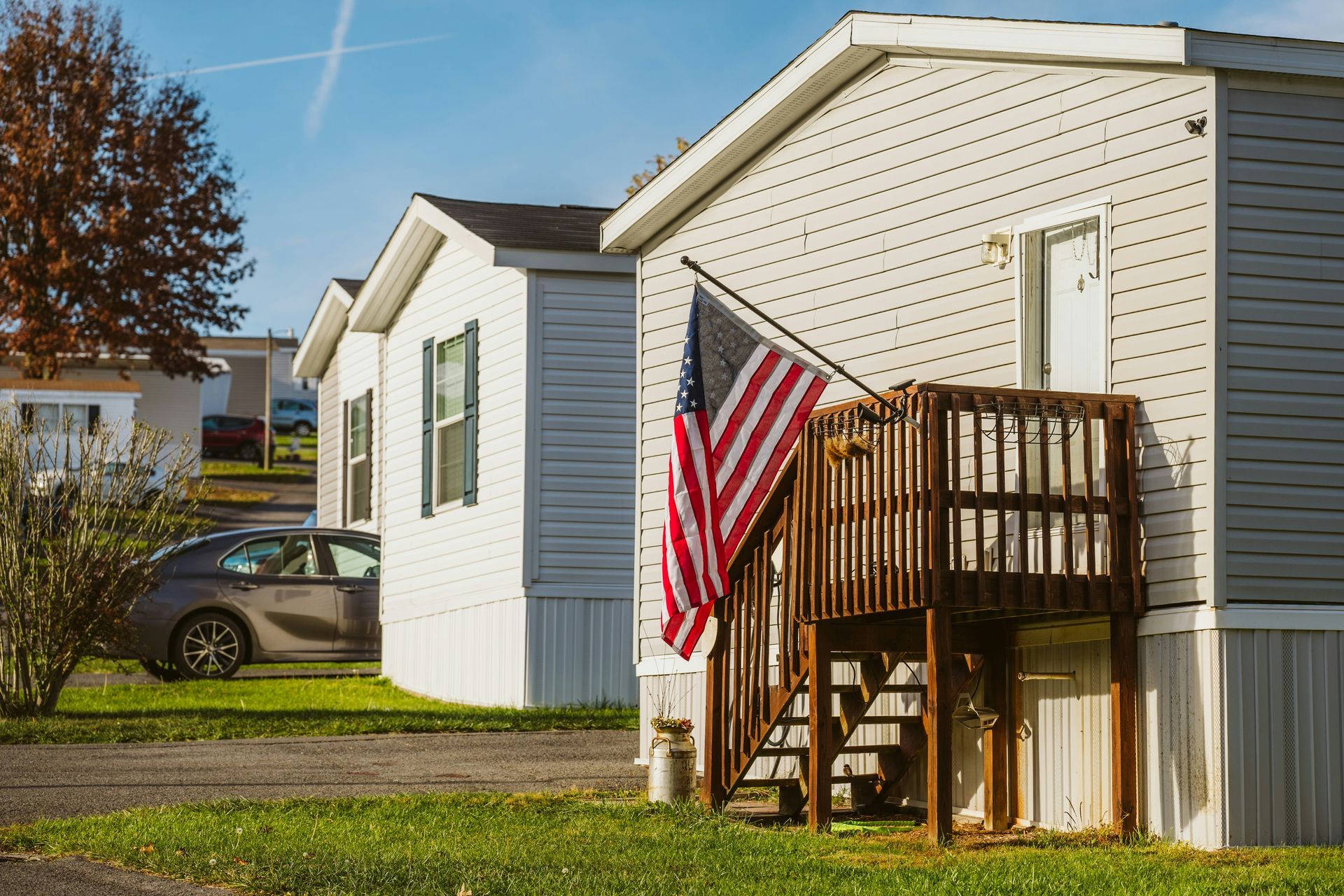
From zoning discussions to climate data, last week’s Bozeman advisory board and Commission meetings painted a clear picture: city leadership is doubling down on growth, density, and sweeping policy shifts. The Community Development Board advanced major code revisions despite growing neighborhood concerns over zone edge transitions and incompatible density. The City Commission voted 4-1 to annex nearly 164 acres for high-density housing, relying on a still-unfunded $18 million sewer project to support it. Commissioners made their views clear: suburbs are a “blight,” single-family zoning is a “relic of the past,” and if developers build apartments that no one rents – “that’s not our problem.” Meanwhile, the Sustainability Board reported a 3% rise in emissions since 2022 and admitted the city is off track to meet its 2025 climate goals. And in the background of it all, public frustration continued to grow over the Commission’s decision to adopt the “pride” flag as an official city symbol. The meetings made it clear: this isn’t about minor updates. It’s a full-speed sprint toward a new Bozeman, whether the public desires it or not.
Community Development Board
Rebecca Harbage was introduced as the new Deputy Director of Community Development. She recently moved to Bozeman from Helena, where she worked for the Department of Environmental Quality (DEQ) for 12 years, most recently as Public Policy Director. She also served on the Helena Zoning Commission.
The board unanimously voted (5-0) to approve the Meadow Bridge Subdivision Preliminary Plat (Application #25017). The application is to subdivide a total of 25.32 acres zoned R-3 into a subdivision that includes 45 buildable lots, one park lot, and three open space lots. It is located at the northwest corner of Blackwood Road and South 23rd Avenue. This was approved as a consent item on the agenda.
The board also voted unanimously (5-0) to approve an annexation and zoning designation of PLI (Public Lands and Institutions) for a 1-acre property at 2221 South Third Avenue that is owned by Museum of the Rockies (Application #24714).
The annexation was requested partly for the reason of connecting the home currently on the property to city water and sewer.
The board continued their discussion on the updated to the Unified Development Code (UDC), focusing on zoning districts and the uses within them.
The proposed draft UDC reduces the number of zoning district by consolidating some and deleting others.
The draft zoning map attempts to resolve inconsistencies between the zoning map and Future Land Use Map (FLUM) outlined in the 2020 Community Plan. It also attempts to clean up mid-block zoning boundaries and change the zoning for parks and schools to PLI.
The proposed changes to the zoning map can be found here: https://storymaps.arcgis.com/stories/f9346d3275fe444b8cd20755f0939815.
The city attempts to have zoning district boundaries set along streets, waterways, or other visible separators, but there are some areas where the zoning district changes mid-block.
In a recent survey, the majority of residents indicated that where this mid-block zoning districts exist, they prefer to either make the entire block consistent with the less-intensive zoning district or the zoning district that makes up the majority of the block area. Few residents preferred zoning the entire block to the more intensive zoning.
The board discussed expanding allowed non-residential uses in residential districts and modifying the specific use standards, such as square footage limits.
The board recommended making further adjustments to address mid-block boundaries beyond what is currently shown in the draft zoning map.
The board agreed that where there are mid-block boundaries, they would like to see the entire block zoned to the district that is the existing majority of the block area.
The board is in favor of expanding the scope of non-residential uses in the proposed R-B and R-C residential districts. The current draft of the code only allows them in R-D.
The board recommends looking at the form-based aspects of the code (setbacks, height requirements, etc.) to make sure that they are providing viable spaces within the forms that would be desirable spaces for a variety of commercial tenants.
The board recommended increasing the number of homes allowed in the proposed R-A zoning district to at least four dwelling units in a single structure.
The board also generally agreed to allow additional units in a single structure in the proposed R-B district but did not specify a new maximum number.
The city is required by state law to update its Community Plan every five years, which should be this year. Due to time constraints created by the commission’s direction for the UDC, the update to the Community Plan will instead be limited to a technical compliance update to bring it into compliance with the Montana Land Use and Planning Act before May of 2026.
The board voted to approve recommending the plan to the City Commission, with the suggestion to make it more understandable to the public.
See attached draft of the community engagement plan for the project.
City Commission
The Commission announced that they would discuss adopting the “pride” flag as an official flag of the city at the meeting on July 15. (This resolution has since passed.)
Police Deputy Chief Andy Knight retired, and Joe Swanson was promoted from within to assume his role.
The promotion of Matt Workman to Street Superintendent was also announced.
A significant portion of the meeting was dedicated to general public comment regarding the adoption of the “pride” flag as an official flag of the city, allowing it to be flown again at City Hall and other public buildings, including schools.
Those in support of adopting the “pride” flag as an official city flag shared stories of feeling unsafe and finding reassurance through the flag’s presence.
Those who opposed adoption of the flag made it clear that the existing city flags represent all citizens equally and that flying a specific group’s flag goes against civic neutrality and state law. Concerns were also raised about the city’s focus on “ideological battles” instead of other more pressing issues that affect all residents.
The work session on the 69th Montana legislative session was rescheduled to a future date.
The Commission voted 4-1 to approve the annexation and initial zoning of R-3 and R-5 (medium- and high-density residential housing, respectively) for a 163.98-acre parcel located near Baxter Lane and Cottonwood (Application #24570). Commissioner Jennifer Madgic was the only dissenting vote.
This vote was sufficient to bypass the protest from adjoining neighbors.
The project’s viability relies heavily upon the city’s construction of the sewer project known as the Gooch Hill Lift Station, a project that is estimated to cost upward of $18 million.
Staff believes that the annexation application and zoning furthers more goals and policies of the Community Plan than it hinders. Staff believes that the variety of types of housing that can be created in R-3 and R-5 are dynamic and provides opportunities for housing at a wide range of income levels.
A zone edge transition is not required between this high-density parcel and the neighboring R-1, low-density housing because the parcels are separated by a street.
Commissioner Emma Bode told the neighboring property owners protesting the zoning request that she “recognize[s] how difficult it is to watch our community change.” Bode said that if they approve R-1 (low-density housing) now, it will end up being R-1 all the way between Bozeman and Belgrade and said that’s not the vision that she has for the community.
Commissioner Madgic referred to R-1 zoning as a “relic of the past” and suggested that single-family housing is no longer something that is available to the middle class. She said that the city’s growth policy tries to create neighborhoods with a mix of housing types so that everyone can live there. She went on to say that R-1 zoning is discouraged in the current growth policy.
Deputy Mayor Joey Morrison referred to suburbs as “one of the blights that America still has to exist with today.” He also questioned the validity of reports of the current rental vacancy rates cited between 12-20% and said that it’s not the city’s responsibility to “worry about the bad bets of developers,” and “if developers decide to build a bunch of multi-family [housing] that doesn’t get rented out or sold … that’s not our problem.”
Gallatin Valley MPO – Transportation Technical Advisory Committee (TTAC)
Michael Stone was introduced as the newest employee of the MPO.
MPO Manager Jeff Butts presented the draft Unified Planning Work Program (UPWP) for Fiscal Year 2026.
The current funding allocation for FY 2026 is an estimated $442,982, up about $10,000 from last year due to population growth.
There is also about $250,000 in reserve funds, a portion of which will be used for the development of the MPO’s Long-Range Transportation Plan (LRTP).
The majority of the UPWP budget is allocated to administration (28.63%), transportation data (27.04%), and the LRTP (20.07%).
TTAC had a discussion to identify potential members of the Community Advisory Panel for the LRTP. The goal is to have geographic representation, proportional to the population of each member area, with a target of 10-12 members on the panel.
Suggested members include GVLT (Gallatin Valley Land Trust), Ability Montana, MSU, the Inter-Neighborhood Council, Belgrade’s advisory boards, school superintendents, the Belgrade and Bozeman Chambers of Commerce, the Bozeman Downtown Business Partnership, the airport authority, and emergency services.
Sustainability Board
Staff from the city’s Sustainability Department presented on the 2024 Community Greenhouse Gas Emission Inventory. The inventory is conducted in-house every two years and follows the global protocol for community-scale emissions.
Emissions are categorized by scope: Scope 1 is direct emissions within city limits (e.g., driving cars); Scope 2 is indirect emissions from activities within city limits but emitted elsewhere (e.g., energy production); and Scope 3 is other indirect emissions occurring elsewhere from city activities (e.g., waste at the Logan Landfill).
From 2022 to 2024, total Bozeman emissions increased by 3%.
Solid waste emissions, including waste from construction that makes up about 25-30% of the total volume of waste, increased by 18% from 2022 to 2024.
Total emissions have increased 35% since 2008.
Bozeman’s climate goals are aligned with the Paris Climate Agreement.
The city is off track for its 2025 goal but is not giving up.
Sustainability Board members Brooke Lahneman and Shelby Smith were appointed to the Water Advisory Committee for the update to the city’s Integrated Water Resources Plan.
Related Articles
Related Articles













